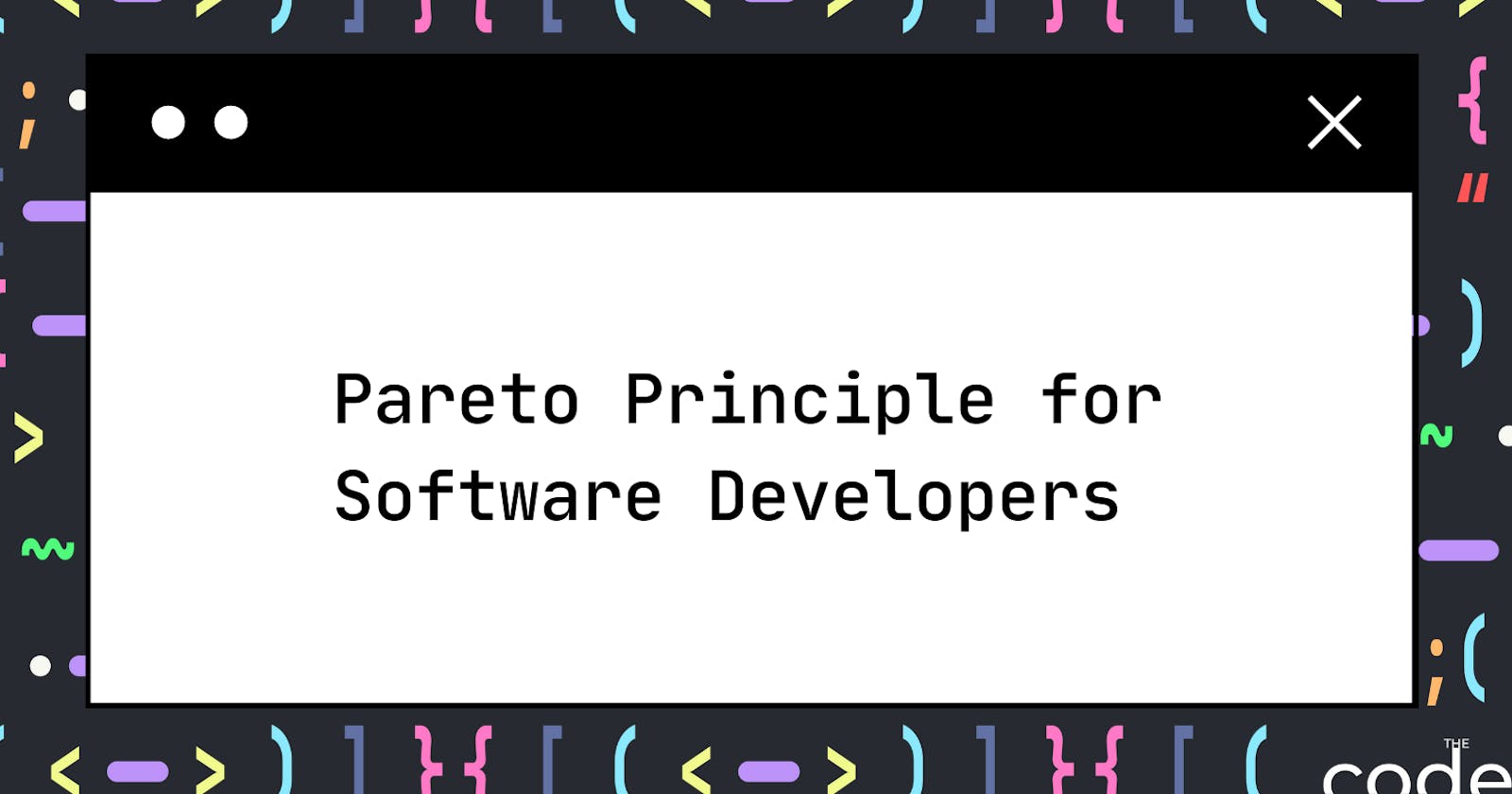What is the Pareto Principle?
The Pareto Principle, also known as the 80/20 rule, is a powerful tool that can be used to improve efficiency and effectiveness in many different areas of life. The principle is simple: for many events, roughly 80% of the effects come from 20% of the causes.
It is named after Italian economist Vilfredo Pareto, who observed in the early 1900s that 80% of the land in Italy was owned by 20% of the population. He also found that 80% of the peas in his garden were produced by 20% of the peas.
The Pareto Principle can be applied in a variety of ways, but it is particularly useful for identifying opportunities for improvement. For example, if you are trying to increase the efficiency of your workflow, you might look at the 20% of tasks that are taking up the most time and try to find ways to streamline them.
When to Use the Pareto Principle
The Pareto Principle can be applied in any situation where there is a distribution of resources. This might include time, money, energy, or any other form of resource.
One of the most common applications of the Pareto Principle is in business, where it can be used to improve efficiency and effectiveness. It can also be used in personal life, such as when trying to improve productivity or time management. In this article, we will also take a look at how we can apply Pareto Principle in software development.
Some Real-World Examples
There are many different ways in which the Pareto Principle can be applied in the real world. Here are a few examples:
In business:
20% of customers are responsible for 80% of the company's sales. The company can then focus its resources on retaining and growing these valuable customers.
20% of products are responsible for 80% of defects. The company can then focus its quality control efforts on these products to improve overall quality.
In personal life:
20 % of our activities are responsible for 80% of stress. Knowing this we can either change our relationship with those activities or eliminate them at all
20% of our friends are responsible for 80% of the positive experiences we have. Knowing this we can focus on spending more time with these friends.
How to Apply the Pareto Principle in Software Development
The Pareto Principle can be applied in software development in a variety of ways. As with any other application of the principle, the goal is to focus on the 20% of tasks that will have the biggest impact.
First, let's take a look at Pareto Principle examples in software development:
- 20% of features are responsible for 80 % of product functionality
- 20% of code is responsible for 80% of the bugs
- 20% of users generate 80% of the traffic/load
- 20% of code is responsible for 80% of the complexity
Next, we can identify areas in which we can apply Pareto Principle when developing software. Here are a few examples:
- When prioritizing work, start with the tasks that will have the biggest impact.
- When fixing bugs, start with the ones that are causing the most crashes.
- When adding features, start with the ones that will provide the most value.
- When optimizing code, start with the code that is executed the most.
- When writing documentation, start with the topics that are most important and searched for.
Re-applying Pareto Principle when prioritizing
Once we have identified the 20% of tasks that are responsible for 80% of results, we can re-apply the Pareto Principle to these tasks and further prioritize them. For example, if we have identified the 20% of features that are responsible for 80% of product functionality, we can further prioritize these features by identifying the 20% that are responsible for 80% of the functionality.
This works both ways, so if we manage to develop the first 20 % of features and have spare resources we can take a closer look at the remaining 80 % and identify the most important 20 % out of them. But, if we lack resources and need to cut scope we can take a look at the initial 20 % and zoom in on the most important features from this group identifying 20 % of those that will provide 80 % of value.
Conclusion
The Pareto Principle is a powerful tool that can be used to improve efficiency and effectiveness in many different areas of life. By identifying the 20% of tasks that are responsible for 80% of results, we can focus our efforts on these tasks and make the biggest impact.

